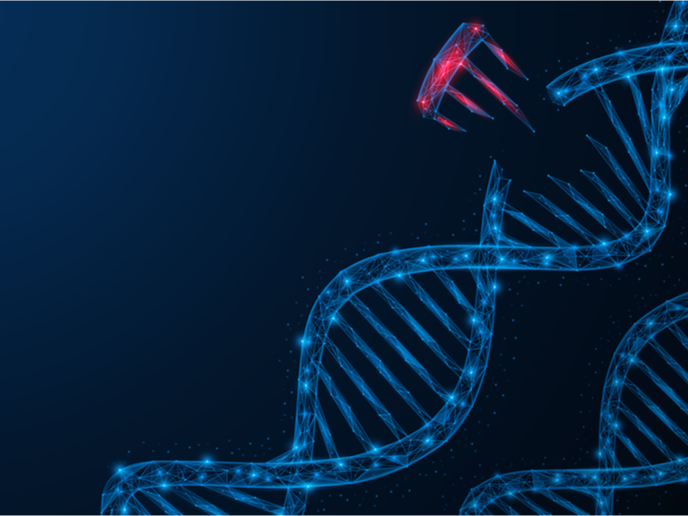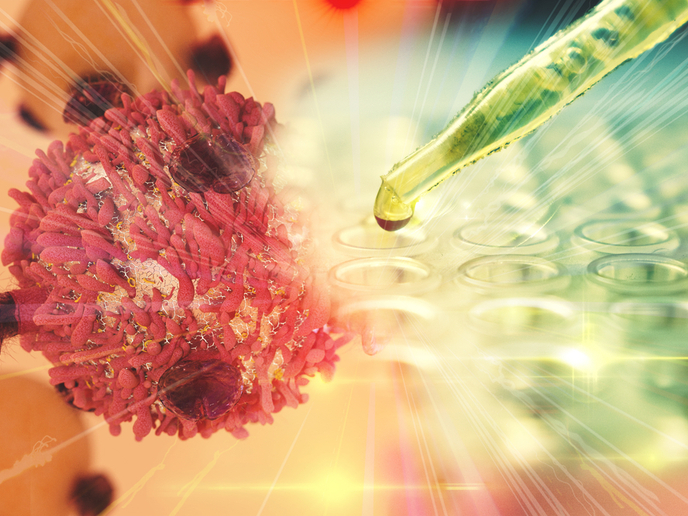Acoustic technology for detecting tumour DNA in blood
PCR is a DNA amplification method that can produce millions of copies of a DNA sample. Originally developed in the 1980s by Kary Banks Mullis, who received the 1993 Nobel Prize in Chemistry, it has revolutionised molecular biology. Polymerase chain reaction (PCR) has brought DNA studies to a new era, becoming the gold standard for most genetic testing and significantly contributing to the Human Genome Project. Currently, droplet digital PCR (ddPCR), the state of the art in terms of sensitivity, is prohibitively expensive for broad implementation in diagnostic labs. The alternatives, such as Sanger sequencing and Cobas PCR tests are more affordable but of significantly lower sensitivity than ddPCR.
An acoustic-based sensor for DNA detection
To address this problem, the EU-funded CATCH-U-DNA project developed a simple and highly specific DNA amplification and quantification method. “Our goal was to develop an ultra-sensitive method for detecting circulating tumour DNA in liquid biopsies of cancer patients,” explains project coordinator Electra Gizeli. For this purpose, researchers came up with a highly sensitive allele-specific PCR (AS-PCR) assay that selectively amplifies target mutations in genes implicated in melanoma, colorectal and lung cancers. Amplified DNA binds onto a novel, ultra-sensitive biosensor that leads to the binding of liposomes. This alters the acoustic energy and provides a signal proportional to the immobilised DNA. The CATCH-U-DNA platform has the capacity to detect up to 24 DNA targets in parallel in less than 2 hours. Its sensitivity exceeds all commercially available quantitative PCR methods and is much cheaper than ddPCR. Moreover, compared to other DNA array or biosensing platforms normally employed in DNA detection, the acoustic technology allows the processing of non-purified samples and overcomes the need for sample heating. In collaboration with the Oncology Department of the University of Crete, the CATCH-U-DNA approach successfully detected the BRAF V600E and KRAS G12D cancer mutations in formalin-fixed paraffin embedded tissue and plasma samples of lung, colorectal and melanoma cancer patients. The platform detected a single DNA molecule carrying the BRAF V600E point mutation in a 10 000 fold excess of the wild-type allele, demonstrating a sensitivity of 99.99 %.
Implementation of CATCH-U-DNA platform in liquid biopsies
According to the WHO, cancer is the second leading cause of death worldwide. Given that numbers are predicted to rise due to the ageing population, there is an imminent need for improved and prompt diagnosis. The detection of tumour DNA in peripheral blood through liquid biopsies is a promising and non-invasive approach, known to outperform standard approaches, such as solid tissue biopsies, ultrasound scans and MRI. “With a simple blood test, liquid biopsies identify DNA released from cancer cells to reveal a wide range of information about the tumour,” remarks Gizeli. The CATCH-U-DNA platform will simplify the process and improve its sensitivity and cost-effectiveness. Importantly, it will bring personalised medicine a step closer to reality. Future plans include the commercialisation of the technology by the project partner AWSensors in Spain, which developed the new acoustic platform and sensor array. The platform is expected to find applications in both laboratory research and the clinical sector.
Keywords
CATCH-U-DNA, AS-PCR, liquid-tissue biopsies, tumour DNA, acoustic technology, DNA biosensor







